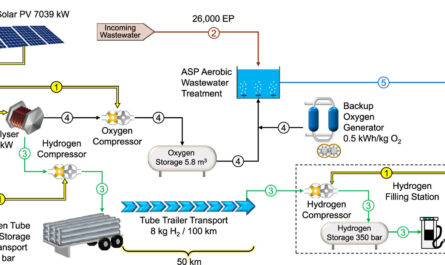A recent study conducted by Elika Bergelson, associate professor of psychology at Harvard University, sheds light on how infants and toddlers learn language from their environment. The study, published in the Proceedings of the National Academy of Sciences, takes a global approach by analyzing data from children across 12 countries and 43 languages.
To gather data, the researchers utilized day-long audio recordings of 1,001 children ranging from two to 48 months old. These recordings captured the babbling and baby talk of the participants, which were then analyzed using machine learning techniques.
The findings of the study indicate that age, clinical factors such as prematurity or dyslexia, and the amount of speech children are exposed to are the main predictors of language development. Surprisingly, there were no significant effects related to factors such as gender, multilingualism, or socioeconomic status.
One noteworthy aspect of the study is its focus on the amount of speech children hear from adults, highlighting the importance of the environment in language development. According to Bergelson, for every 100 vocalizations children hear per hour, they produce an additional 27 vocalizations themselves, and this effect becomes more prominent as they grow older.
Furthermore, the study challenges common assumptions about the link between socioeconomic status and language development. The researchers examined this relationship in various ways but did not find any evidence that mothers with higher education levels have children who produce more speech. These findings provide a more nuanced understanding of how language input and output are influenced by different factors.
Bergelson’s study showcases the significance of considering multiple variables simultaneously in language development research. By analyzing a large sample size and incorporating diverse linguistic and cultural backgrounds, the study offers valuable insights into the universal aspects of language acquisition.
The implications of this research extend beyond academia, as it can inform interventions and strategies for promoting language development in children. Understanding the key role of speech exposure in language acquisition can help parents, caregivers, and educators create environments that foster linguistic growth.
In summary, the study conducted by Elika Bergelson and her team provides a comprehensive analysis of language development in children from various regions. By examining the impact of age, clinical factors, and speech exposure, the researchers shed light on the universal aspects of language acquisition, challenging traditional notions about the role of gender, multilingualism, and socioeconomic status. These findings contribute to our understanding of how infants and toddlers learn language and can inform efforts to support their linguistic development.
*Note:
1. Source: Coherent Market Insights, Public sources, Desk research
2. We have leveraged AI tools to mine information and compile it




